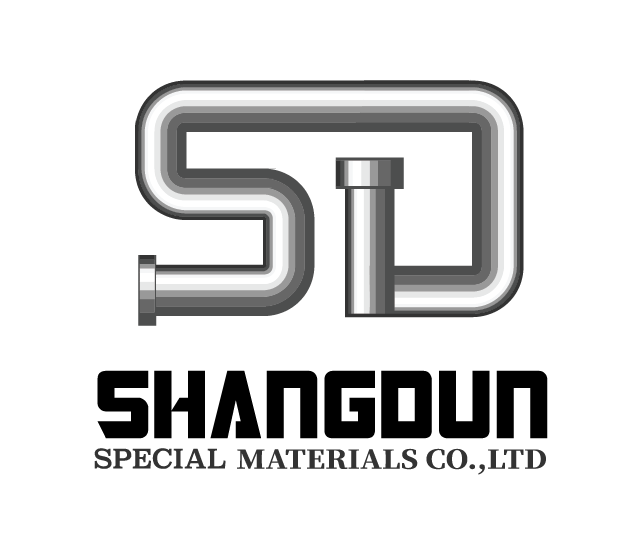In the case of a large amount of Cr, Mo, W and other alloying elements, high contain nickel alloys can still maintain the austenitic structure, it is still austenitic alloy easy forming, easy welding, etc., which is widely favored by this alloy The main reason. In the iron-based austenitic stainless steel, due to Cr, Mo and other elements to give the alloy corrosion resistance of the lower solubility, the number can not join the desired corrosion resistance requirements, if excessive addition of these strong formation of ferrite Element of the body is bound to austenitic stainless steel into ą + duplex stainless steel, severe cases can become single-phase ferrite elements, the loss of the advantages of austenitic structure, in most cases such excessive addition of Cr, Mo elements of steel do not have the producibility and subsequent manufacturing process performance, if you want to change this situation, you must add nickel and reduce the iron content, which entered the high-nickel corrosion resistant alloys.
The metallurgical stability and corrosion resistance of high-nickel alloys as well as the ever-changing demands for corrosion-resistant structural materials in the harsh and corrosive environment have greatly stimulated the development and application of such alloys. In more than a century since the advent of nickel-based alloys, Nickel based corrosion resistant alloys such as Ni-Cu, Ni-Cr, Ni-Mo, Ni-Cr-Mo, Ni-Cr-Mo-W, Ni-Cr-Mo- Complete alloy system nearly a hundred kinds of alloy grades, to solve the stainless steel can not overcome the corrosion of the village material, which meets the corrosion resistance required for the project covers most of the current corrosive environment encountered.
Corrosion resistance and good overall properties of nickel-based corrosion-resistant alloys and iron-nickel-based corrosion-resistant alloys have gained consensus in the material and engineering world, however, in some corrosive and harsh corrosive environments, such alloys also Severe corrosion damage, depending on the type of alloy and the level of alloy goods vary. So far, in the laboratory and practical engineering applications, the most common corrosion, partial corrosion, environmental cracking the most common.
Leave Your Message
Post time: May-10-2018




